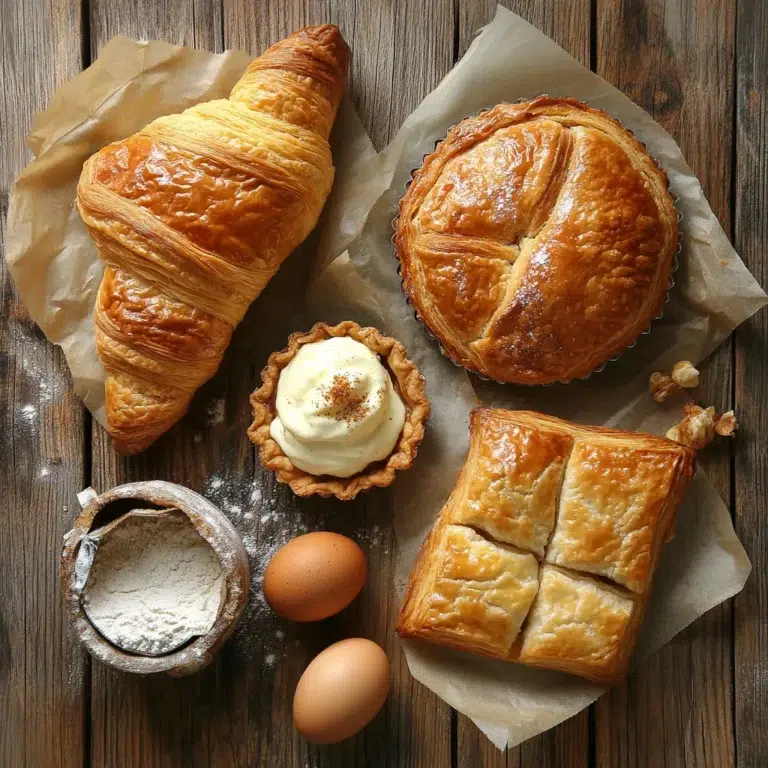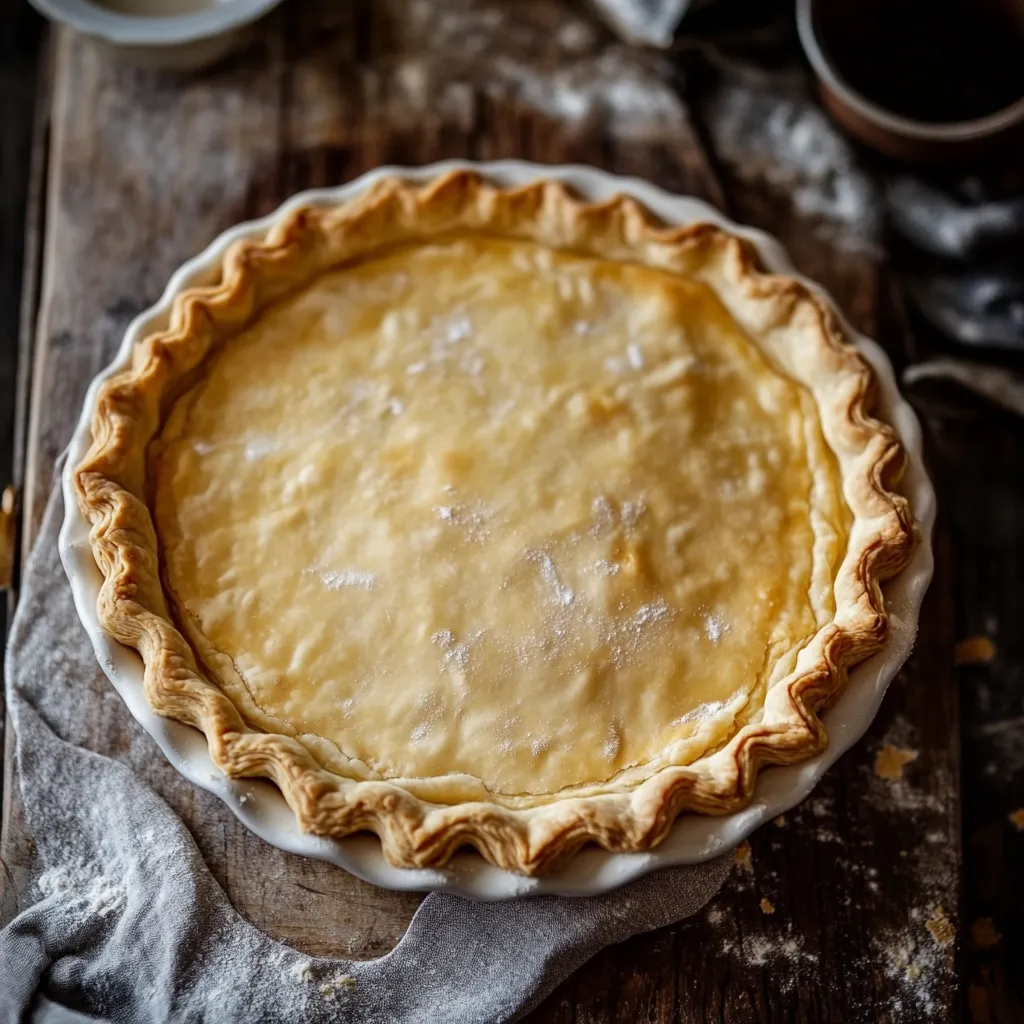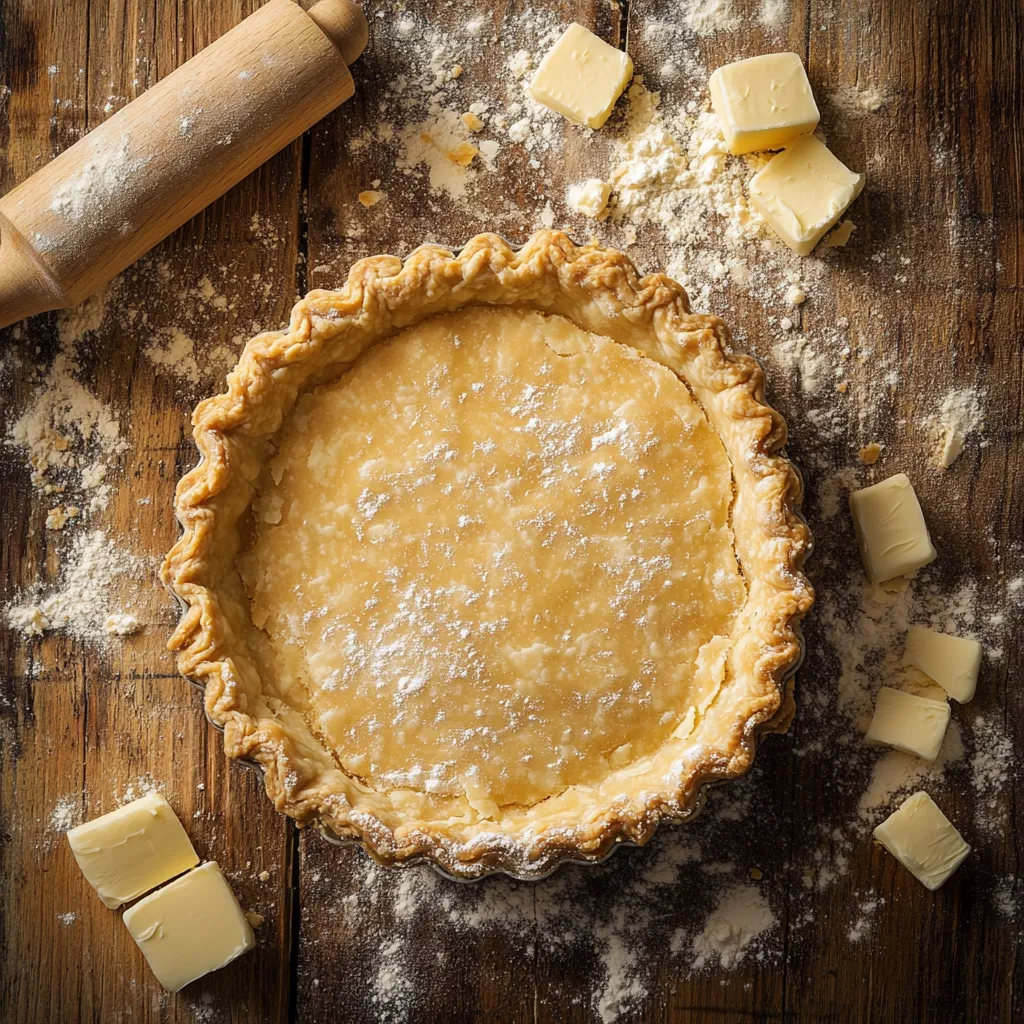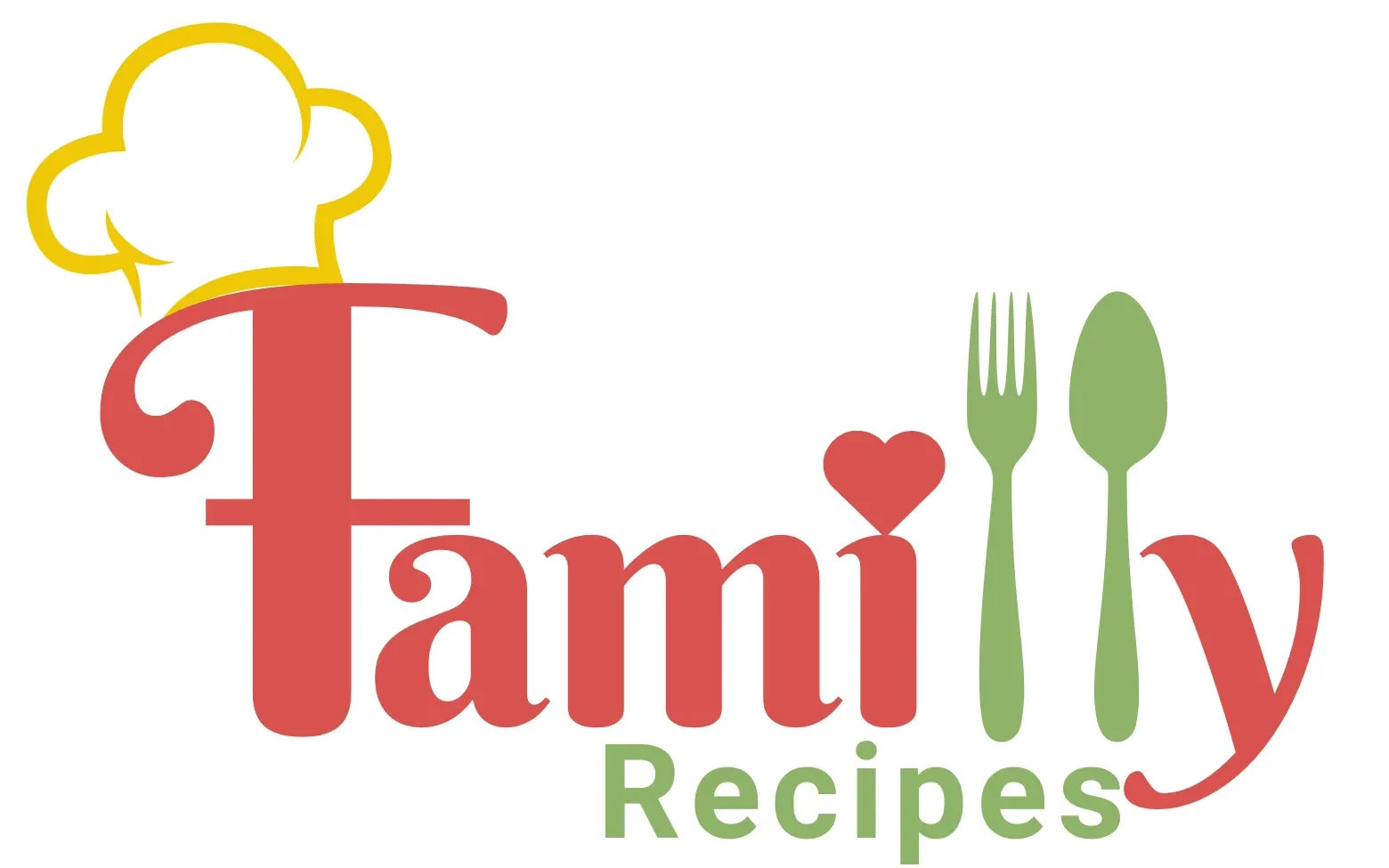
My Passion for Pastry
What are the 4 types of pastry? This is a question I often hear from aspiring bakers. As Chef Emma, I grew up watching my grandmother Julia create the most exquisite pastries from scratch. Her kitchen was filled with the warm scent of buttery crusts and delicate doughs, each with its unique texture and purpose.
Understanding the 4 types of pastry—shortcrust, puff, choux, and filo—is essential for anyone who loves to bake. Whether you’re making a flaky croissant, a crisp filo pie, or a buttery tart, knowing the differences between these pastry types will elevate your baking skills.
In this guide, I’ll answer the question, What are the 4 types of pastry? and explain their characteristics, techniques, and best uses. You’ll also find expert tips, step-by-step methods, and common mistakes to avoid.
By the end of this article, you’ll be able to choose the right pastry for your next recipe and bake with confidence!
Table of Contents
Table of Contents
What Are the 4 Types of Pastry? A Detailed Breakdown

1. Shortcrust Pastry – The Foundation of Pies & Tarts
What Is Shortcrust Pastry?
Shortcrust pastry is the most versatile and widely used pastry. It is buttery, crumbly, and firm enough to hold a variety of fillings. Unlike puff pastry, shortcrust does not rise in the oven.
This pastry is ideal for:
- Sweet pies (apple pie, lemon tart)
- Savory pies (quiche, meat pies)
- Tarts (fruit tarts, custard tarts)
How to Make Shortcrust Pastry
Ingredients:
- Flour – Creates structure.
- Butter – Adds richness and tenderness.
- Salt – Enhances flavor.
- Cold water – Helps bind the dough.
Method:
- Cut cold butter into flour until the mixture resembles breadcrumbs.
- Slowly add ice-cold water, just enough to form a dough.
- Wrap the dough and refrigerate for at least 30 minutes before rolling.
- Roll out the dough and blind-bake if needed before adding fillings.
✅ Pro Tip: Do not overwork the dough, as this can cause toughness.
2. Puff Pastry – The Art of Flaky Layers
What Is Puff Pastry?
Puff pastry, also known as pâte feuilletée, is a laminated dough with alternating layers of butter and dough. The high butter content creates light, flaky layers when baked.
How to Make Puff Pastry
Ingredients:
- Flour
- Butter (high-fat, cold)
- Water
- Salt
Method:
- Prepare a basic dough (détrempe).
- Encase cold butter inside the dough.
- Roll out, fold, and chill several times to create layers.
- Bake at a high temperature for a crispy, golden texture.
Best Uses for Puff Pastry
- Croissants – Buttery, flaky, and soft.
- Palmiers – Crisp sugar-coated pastries.
- Beef Wellington – A luxurious dish wrapped in golden pastry.
✅ Pro Tip: Keep the dough cold at all times to prevent the butter from melting into the flour.

3. Choux Pastry – The Base for Éclairs & Cream Puffs
What Is Choux Pastry?
Choux pastry (pâte à choux) is a light, airy dough that puffs up in the oven, creating a hollow center perfect for fillings.
How to Make Choux Pastry
Ingredients:
- Water
- Butter
- Flour
- Eggs
Method:
- Boil water and butter, then add flour and mix vigorously.
- Remove from heat and gradually add eggs, stirring until smooth.
- Pipe onto a baking tray and bake until golden brown.
Best Uses for Choux Pastry
- Éclairs – Filled with cream and topped with chocolate.
- Profiteroles – Small puffs filled with ice cream or whipped cream.
- Gougères – Savory choux puffs with cheese.
✅ Pro Tip: Bake at a high temperature first, then reduce the heat to dry out the pastry.
4. Filo (Phyllo) Pastry – Crispy & Delicate
What Is Filo Pastry?
Filo (phyllo) pastry consists of paper-thin layers that bake into a crisp, flaky texture.
How to Use Filo Pastry
Ingredients:
- Flour
- Water
- Olive oil or butter
Method:
- Knead the dough and roll it into ultra-thin sheets.
- Brush each sheet with butter or oil before stacking.
- Bake until golden brown and crispy.
Best Uses for Filo Pastry
- Baklava – A sweet, nutty, honey-soaked dessert.
- Spanakopita – Greek spinach and feta pie.
- Spring Rolls – A crispy Asian delicacy.
✅ Pro Tip: Keep filo sheets covered with a damp towel to prevent drying out.
FAQs About the 4 Types of Pastry
1. What are the 4 types of pastry?
The four main types of pastry are shortcrust, puff, choux, and filo.
2. Which pastry is best for pies?
Shortcrust pastry is the best option for both sweet and savory pies due to its firm, crumbly texture.
3. Why does puff pastry rise?
The layers of butter create steam when baked, which makes the pastry rise and separate into light, flaky layers.
4. Can I make filo pastry at home?
Yes! However, it requires skill and patience to roll out the paper-thin sheets without tearing.

Final Thoughts: Master the 4 Types of Pastry
Now that you know what are the 4 types of pastry, you’re ready to create amazing baked goods! Each type of pastry brings its unique flavor and texture to the table, whether it’s a flaky croissant, a buttery tart, or a crispy filo pie.
🔥 Start experimenting in your kitchen today!
For more inspiration:
- Check out our Blueberry Pie Filling.
- Learn to make Easy Bone Broth Hot Chocolate Recipe.
